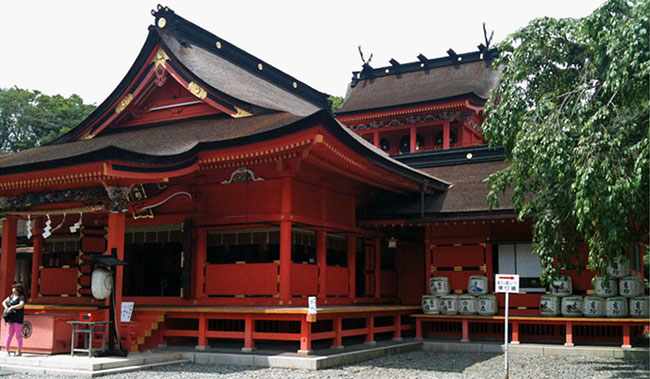The Blossom Princess (Konohanasakuya-hime) T-shirt

You can now make purchases from outside of Japan! When using the overseas ordering cart provided by the service Buyee, even users living outside of Japan will be able to have their goods delivered in 3 easy steps!
The Blossom Princess (Konohanasakuya-hime) is the goddess of Mount Fuji in Japanese mythology.
Her symbol is the sakura (cherry blossom).
The Myths of Japan : The Blossom Princess
The sun goddess Amaterasu sends her grandson Ninigi down from heaven to govern the world. Ninigi encountering Konohanasakuya, the Blossom Princess. The two fall in love.
Konohanasakuya’s father Oyamatsumi (god of the mountains) agreed to their marriage, but on one condition. Ninigi must marry both Konohanasakuya and her elder sister, the Rock Princess Iwanaga. But Ninigi sent back Iwanaga, who was not beautiful, and married only the beautiful Konohanasakuya. Furious, Oyamatsumi reveals that only marrying both of his daughters would have assured Ninigi eternal happiness. Blossoms are beautiful but fleeting, rocks last forever. Ninigi’s refusal of Iwanaga means that he has forfeited his immortality. From this myth, it is said that the emperor, a descendant of the gods, had a long lifespan.
Konohanasakuya became pregnant with triplets in one night, but Ninigi refuses to believe that the children are his. To clear her suspicions, Konohanasakuya locked herself in a hut and set it on fire, believing that "God's child will be born safely no matter what.'' Three baby boys emerge from the flames together with their mother. Among these three, the grandson of Hoori was the first Emperor, Emperor Jimmu.
Fujisan Hongu Sengen-taisha
Fujisan Hongu Sengen-taisha is the head shrine of Japan’s Sengen shrine network.
The enshrined deity is Konohanasakuya-hime (The Blossom Princess) .
There are 500 cherry blossom trees planted within the precincts.











